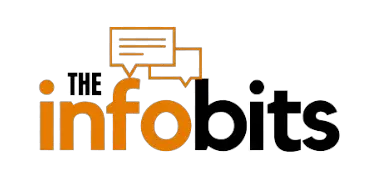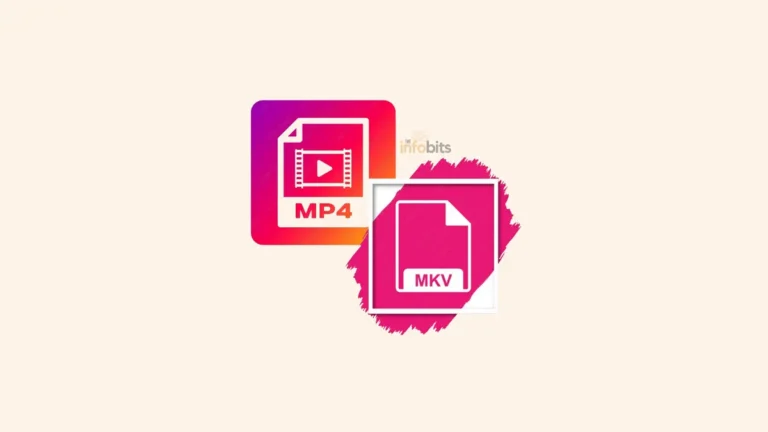Understanding RTMPS: The Secure Streaming Protocol
RTMPS (Real-Time Messaging Protocol Secure) is an extension of RTMP (Real-Time Messaging Protocol) that incorporates additional security measures to ensure the safe and secure transmission of multimedia content over the Internet.
As streaming media continues to grow in popularity, the need for secure protocols has become increasingly important.
RTMPS addresses these needs by integrating SSL/TLS encryption, offering a more secure streaming experience for both content creators and consumers.
Definition of RTMPS
The need for secure online communication has led to the development of various protocols designed to safeguard data transmission.
RTMPS is one such protocol specifically tailored for secure media streaming. By encrypting the data that is being transmitted, RTMPS ensures that the content remains confidential and protected from potential threats.
The Concept of RTMPS
RTMPS builds on the foundation set by RTMP, a protocol initially designed for high-performance transmission of audio, video, and data over the internet.
While RTMP provides efficient streaming capabilities, it lacks sufficient security features to protect against data breaches and unauthorized access.
RTMPS addresses this shortcoming by integrating SSL/TLS (Secure Sockets Layer/Transport Layer Security) encryption into the RTMP protocol.
With the addition of SSL/TLS, RTMPS secures the communication channel between the streaming server and the client, ensuring that any data transmitted remains confidential and tamper-proof.
This is particularly important in scenarios where sensitive information or high-value content is being streamed, making RTMPS a preferred choice for many content providers.
Difference between RTMP and RTMPS
Although RTMP and RTMPS share similar functionalities, the critical distinction lies in their approach to security.
RTMP offers no encryption, making it vulnerable to various types of cyber threats such as data interception and man-in-the-middle attacks. On the other hand, RTMPS employs SSL/TLS encryption to safeguard the transmitted data, providing an added layer of security.
This encryption ensures that any data exchanged via RTMPS is encrypted before transmission and decrypted only by the intended recipient.
This prevents unauthorized entities from accessing or altering the contents of the data stream, thereby maintaining its integrity and confidentiality. As a result, RTMPS is widely adopted in environments where security is a top priority.
Setting Up RTMPS
Setting up RTMPS requires careful planning and the right set of equipment to ensure a seamless and secure streaming experience.
Whether you are a content creator or a service provider, understanding the essential components and setup process is crucial for leveraging the full benefits of RTMPS.
Essential Equipment for RTMPS
To set up RTMPS, you will need a few key pieces of equipment.
First and foremost, a streaming server capable of supporting RTMPS is essential. Popular choices include Adobe Media Server and Wowza Streaming Engine, both of which provide robust support for secure streaming protocols.
Additionally, a reliable internet connection is necessary to handle the data throughput required for high-quality streaming.
Other important components include SSL/TLS certificates for encryption, a streaming encoder to encode the media content, and a compatible media player that can decode and display the RTMPS stream.
Each of these elements plays a vital role in ensuring the smooth transmission and playback of the streamed content.
Step-by-Step Guide to Setting Up RTMPS
The first step in setting up RTMPS is to install and configure your streaming server. This involves selecting a server software that supports RTMPS and following the installation guidelines provided by the software vendor.
Once the server is installed, you need to acquire an SSL/TLS certificate from a trusted Certificate Authority (CA) and install it on the server to enable encrypted communication.
Next, configure your streaming encoder to use the RTMPS protocol. This typically involves entering the RTMPS URL, along with any necessary authentication details, into the encoder’s settings.
After configuring the encoder, you can proceed to encode your media content and begin streaming to the RTMPS-enabled server.
Finally, test the setup using a compatible media player to ensure that the encrypted stream is being transmitted and received correctly.
Benefits of Using RTMPS
Adopting RTMPS for media streaming offers several advantages, including enhanced security and improved streaming quality.
These benefits not only protect the content being streamed but also provide a better viewing experience for the audience.
Security Advantages of RTMPS
The primary advantage of RTMPS is its enhanced security features.
By incorporating SSL/TLS encryption, RTMPS ensures that data transmitted over the internet remains confidential and protected from unauthorized access.
This is particularly important for protecting sensitive information and preventing data breaches.
Additionally, RTMPS helps to safeguard against various types of cyber threats, including data interception, man-in-the-middle attacks, and tampering.
By securing the communication channel between the server and the client, RTMPS provides a secure streaming environment that instills confidence in both content creators and viewers.
Improved Streaming Quality with RTMPS
Beyond security, RTMPS can also contribute to improved streaming quality.
By maintaining a secure and stable connection, RTMPS minimizes the risk of disruptions and interruptions that can occur in an unsecured streaming environment.
This results in a smoother, more reliable viewing experience for the audience.
Furthermore, the use of RTMPS can enhance the overall performance of the streaming server. With encrypted communication channels, the server can handle data more efficiently, reducing latency and buffering issues.
This leads to higher-quality streaming with fewer interruptions, providing a better experience for end-users.
Challenges in RTMPS Streaming
While RTMPS offers numerous advantages, it also presents certain challenges that content creators and service providers need to address.
From troubleshooting common issues to understanding the limitations of the protocol, navigating these challenges is essential for optimizing the streaming experience.
Common Troubleshooting Issues
One common issue encountered in RTMPS streaming is the misconfiguration of SSL/TLS certificates.
Incorrectly installed or expired certificates can prevent the secure connection from being established, resulting in streaming errors.
Ensuring that the certificates are correctly configured and up-to-date is crucial for maintaining a secure streaming environment.
Another common troubleshooting issue is related to network connectivity. RTMPS requires a stable and fast internet connection to function optimally.
Network disruptions or slow internet speeds can lead to buffering, latency, and interruptions in the stream. Regularly monitoring and optimizing network performance can help mitigate these issues.
Limitations of RTMPS
Despite its numerous benefits, RTMPS has certain limitations. One of the primary limitations is the increased computational overhead associated with encryption.
The process of encrypting and decrypting data requires additional processing power, which can impact server performance and increase latency, especially in high-traffic scenarios.
Additionally, RTMPS may not be universally supported by all streaming platforms and devices. Compatibility issues can arise, limiting the audience’s ability to access the streamed content.
Ensuring broad compatibility and testing on various platforms and devices is essential to overcome this limitation.
Future of RTMPS
As the demand for secure streaming continues to grow, the future of RTMPS looks promising.
Emerging trends and ongoing developments in secure streaming technologies are set to shape the future landscape, offering new opportunities and improvements for RTMPS.
Emerging Trends in Secure Streaming
One of the emerging trends in secure streaming is the integration of advanced encryption algorithms.
As cyber threats become more sophisticated, the need for stronger encryption methods is increasing. Future iterations of RTMPS may incorporate these advanced algorithms to provide even higher levels of security.
Another trend is the adoption of blockchain technology for secure streaming. By utilizing blockchain’s decentralized and immutable nature, content providers can further enhance the security and integrity of their streams.
This could potentially revolutionize the way secure streaming is conducted.
Projected Developments and Improvements in RTMPS
Future developments in RTMPS are likely to focus on improving performance and compatibility.
Enhancements in encryption efficiency and server optimization can reduce the computational overhead, resulting in faster and more reliable streams.
Additionally, expanding compatibility with a wider range of devices and platforms will make RTMPS more accessible to a broader audience.
Another area of improvement is user experience.
Streamlining the setup process and providing more intuitive tools for configuration and troubleshooting will make RTMPS more user-friendly.
These advancements will enable more content creators to adopt RTMPS and provide secure streaming experiences to their audiences.
Conclusion
In conclusion, RTMPS represents a significant advancement in secure streaming technology. By integrating SSL/TLS encryption, it addresses the growing need for secure data transmission over the internet, ensuring that media content remains confidential and protected.
While it presents certain challenges, the benefits of using RTMPS—such as enhanced security and improved streaming quality—make it a valuable tool for content creators and service providers.
As emerging trends and ongoing developments continue to shape the future of secure streaming, RTMPS is poised to play an essential role in delivering safe and high-quality streaming experiences.
Please share this article with your friends and relatives if you find it useful.
We also ask that you bookmark this page for future reference, as we are constantly updating our articles with new information.
Sign up for our free newsletter as well to receive fresh information immediately in your inbox and keep technically up to date.







